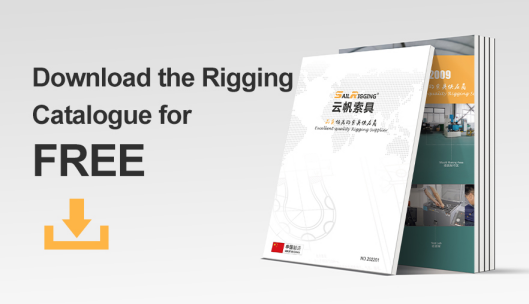Good quality rigging hardware usually are very heavy, but weight is not the sole criterion of rigging hardware quality. Rigging professionals often prioritize weight capacity when evaluating rigging hardware quality. However, This article explores the idea that rigging quality encompasses more than just weight capacity. Several factors must be considered to ensure the safety and efficiency of lifting operations.
1.Material Quality:
The quality of materials used in rigging hardware(shackles, turnbuckles, eye bolts, wire rope clips, hooks, load binders, etc) is crucial. High-quality materials like alloy steel or stainless steel ensure durability and corrosion resistance, crucial for heavy usage and harsh environments.
2.Design and Engineering:
Rigging hardware design impacts performance and safety. Thoughtful engineering optimizes load distribution, stress management, and user-friendliness, leading to smoother operations and reduced accidents.
3.Working Load Limit (WLL):
While WLL is essential, it should exceed the intended load for added safety, accounting for unexpected or dynamic forces.
4.Environmental Adaptation:
Rigging hardware should be selected considering the environment it will operate in, necessitating materials, coatings, and treatments suitable for specific conditions.
5.Compliance with Standards:
Adherence to industry standards is vital for safety and reliability, with organizations like OSHA and ANSI establishing guidelines for manufacturing and usage.
6.Training and Maintenance:
Proper training for rigging professionals and routine inspections to detect wear, damage, or deformations are essential for safe operations.
In conclusion, evaluating rigging hardware quality extends beyond weight capacity. Material quality, design, WLL, environmental adaptation, compliance with standards, and training and maintenance all contribute to a well-rounded assessment, ensuring safety and efficiency in lifting operations. If you want to learn more about good quality rigging hardware, feel free to contact Sail Rigging.





